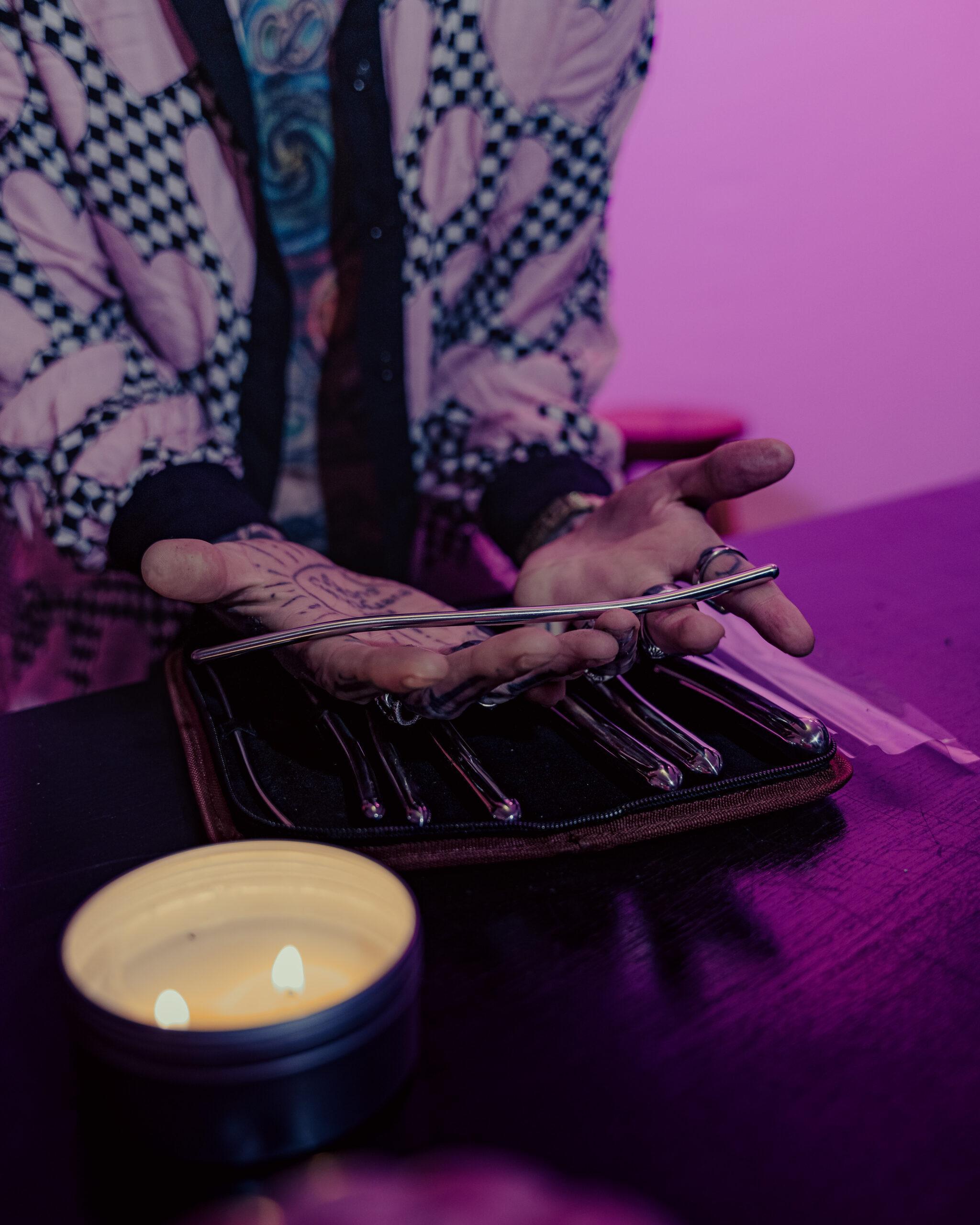Understanding the Spectrum
Romance, love, and attraction are complex experiences that manifest in diverse ways. While many people readily feel romantic interest towards others, some individuals experience this differently or not at all. Understanding the aromantic spectrum is crucial for recognizing and embracing these variations in romantic attraction.
Defining Aromanticism
Aromanticism is a sexual orientation characterized by a lack of, or significantly reduced, romantic attraction to other people. It’s important to note that being aromantic doesn’t mean someone is incapable of forming loving relationships or experiencing intimacy; it simply means that romantic love isn’t a core part of their emotional experience.
The aromantic spectrum encompasses a wide range of experiences, and not all aromantic individuals experience the absence of romantic attraction in the same way. Some may feel little to no romantic attraction at all (known as “aromantic”), while others may experience it very faintly or only under specific circumstances (“grey-romantic”).

Beyond the Binary: Recognizing Different Types of Aromantic Identities
Within this spectrum, there are various identities that further define an individual’s experiences with romantic attraction. For instance, some aromantic individuals might identify as “demiromantic,” experiencing romantic attraction only after forming a strong emotional bond with someone. Others may identify as “lithromantic,” feeling romantic attraction towards fictional characters or concepts.
Understanding these diverse expressions of aromanticism is essential for creating a more inclusive and accepting society. It allows us to move beyond the limitations of a binary understanding of love and recognize the beauty in the vast spectrum of human experiences. By embracing this diversity, we can foster a world where all individuals feel seen, valued, and empowered to express their own unique identities.
Romantic vs. Sexual Attraction: Unpacking the Connection
The connection between romantic attraction and sexual attraction is often assumed to be inherently linked, but this isn’t always the case. While some people experience both equally, others may have different preferences or attractions that don’t necessarily align.
A person can be aromantic, meaning they do not experience romantic attraction, while still being sexually attracted to others. This means they may enjoy sexual intimacy but not desire a romantic relationship. Similarly, someone can be sexually attracted to people but not feel the urge for a committed romantic relationship.
It’s important to remember that everyone experiences attraction in their own unique way. The spectrum of human sexuality is vast and varied, and these individual differences should be respected and celebrated.
Experiences on the Aromantic Spectrum
Romance, love, and attraction are complex experiences that manifest in diverse ways. While many people readily feel romantic interest towards others, some individuals experience this differently or not at all. Understanding the aromantic spectrum is crucial for recognizing and embracing these variations in romantic attraction.
Aromanticism is a sexual orientation characterized by a lack of, or significantly reduced, romantic attraction to other people. It’s important to note that being aromantic doesn’t mean someone is incapable of forming loving relationships or experiencing intimacy; it simply means that romantic love isn’t a core part of their emotional experience.
The aromantic spectrum encompasses a wide range of experiences, and not all aromantic individuals experience the absence of romantic attraction in the same way. Some may feel little to no romantic attraction at all (known as “aromantic”), while others may experience it very faintly or only under specific circumstances (“grey-romantic”).
Within this spectrum, there are various identities that further define an individual’s experiences with romantic attraction. For instance, some aromantic individuals might identify as “demiromantic,” experiencing romantic attraction only after forming a strong emotional bond with someone. Others may identify as “lithromantic,” feeling romantic attraction towards fictional characters or concepts.
Understanding these diverse expressions of aromanticism is essential for creating a more inclusive and accepting society. It allows us to move beyond the limitations of a binary understanding of love and recognize the beauty in the vast spectrum of human experiences. By embracing this diversity, we can foster a world where all individuals feel seen, valued, and empowered to express their own unique identities.
The connection between romantic attraction and sexual attraction is often assumed to be inherently linked, but this isn’t always the case. While some people experience both equally, others may have different preferences or attractions that don’t necessarily align.
A person can be aromantic, meaning they do not experience romantic attraction, while still being sexually attracted to others. This means they may enjoy sexual intimacy but not desire a romantic relationship. Similarly, someone can be sexually attracted to people but not feel the urge for a committed romantic relationship.
It’s important to remember that everyone experiences attraction in their own unique way. The spectrum of human sexuality is vast and varied, and these individual differences should be respected and celebrated.
Common Experiences and Challenges Faced by Aromantics
Aromantic individuals often experience challenges related to societal expectations surrounding romance and relationships. They may face pressure to conform to norms they don’t identify with, leading to feelings of isolation or misunderstanding.
Another common challenge is the difficulty of finding partners who understand and accept their aromanticism. Dating apps and social circles often center around romantic connections, making it harder for aromantics to find like-minded individuals.
Internalized biphobia or homophobia can also be a factor for some aromantics. They may question their identity or feel ashamed of their lack of romantic attraction due to societal stigma surrounding non-normative sexual orientations.
Navigating Relationships and Social Expectations

Aromantic individuals often experience challenges related to societal expectations surrounding romance and relationships. They may face pressure to conform to norms they don’t identify with, leading to feelings of isolation or misunderstanding.
Another common challenge is the difficulty of finding partners who understand and accept their aromanticism. Dating apps and social circles often center around romantic connections, making it harder for aromantics to find like-minded individuals.
Internalized biphobia or homophobia can also be a factor for some aromantics. They may question their identity or feel ashamed of their lack of romantic attraction due to societal stigma surrounding non-normative sexual orientations.
- Seeking out and connecting with other aromantic individuals online or in person can provide valuable support, understanding, and a sense of belonging.
- Educating oneself and others about aromanticism can help challenge misconceptions and create greater awareness and acceptance.
- Practicing self-compassion and recognizing the validity of one’s own experiences is crucial for navigating internalized negativity or societal pressure.
Finding Community and Support
Aromantic individuals often experience challenges related to societal expectations surrounding romance and relationships. They may face pressure to conform to norms they don’t identify with, leading to feelings of isolation or misunderstanding.
Another common challenge is the difficulty of finding partners who understand and accept their aromanticism. Dating apps and social circles often center around romantic connections, making it harder for aromantics to find like-minded individuals.
Internalized biphobia or homophobia can also be a factor for some aromantics. They may question their identity or feel ashamed of their lack of romantic attraction due to societal stigma surrounding non-normative sexual orientations.
- Seeking out and connecting with other aromantic individuals online or in person can provide valuable support, understanding, and a sense of belonging.
- Educating oneself and others about aromanticism can help challenge misconceptions and create greater awareness and acceptance.
- Practicing self-compassion and recognizing the validity of one’s own experiences is crucial for navigating internalized negativity or societal pressure.
Aromantic Representation and Advocacy
Aromantic representation and advocacy are vital for ensuring that aromantic individuals feel seen, understood, and accepted. This involves challenging societal norms and expectations that center around romantic relationships and promoting greater awareness of the diverse ways people experience love and connection.
Improving Visibility and Understanding
Aromanticism is a valid sexual orientation characterized by a lack or significantly reduced romantic attraction to others. It’s important to remember that being aromantic doesn’t mean someone is incapable of forming loving relationships or experiencing intimacy; it simply means romantic love isn’t a core part of their emotional experience.

The aromantic spectrum encompasses a wide range of experiences, and not all aromantic individuals experience the absence of romantic attraction in the same way. Some may feel little to no romantic attraction at all (known as “aromantic”), while others may experience it very faintly or only under specific circumstances (“grey-romantic”).
Within this spectrum, there are various identities that further define an individual’s experiences with romantic attraction. For instance, some aromantic individuals might identify as “demiromantic,” experiencing romantic attraction only after forming a strong emotional bond with someone. Others may identify as “lithromantic,” feeling romantic attraction towards fictional characters or concepts.
Improving visibility and understanding of aromanticism is crucial for creating a more inclusive society. This can be achieved through:
- Representation in media, literature, and popular culture to showcase the diverse experiences of aromantic individuals.
- Education and awareness campaigns to dispel myths and misconceptions about aromanticism.
- Creating safe and supportive spaces for aromantic individuals to connect, share their experiences, and find community.
By promoting greater acceptance and understanding of aromanticism, we can create a world where all individuals feel comfortable expressing their true selves and embracing the beauty in human diversity.
Challenging Stereotypes and Misconceptions
Aromantic representation and advocacy are vital for ensuring that aromantic individuals feel seen, understood, and accepted. This involves challenging societal norms and expectations that center around romantic relationships and promoting greater awareness of the diverse ways people experience love and connection.
Aromanticism is a valid sexual orientation characterized by a lack or significantly reduced romantic attraction to others. It’s important to remember that being aromantic doesn’t mean someone is incapable of forming loving relationships or experiencing intimacy; it simply means romantic love isn’t a core part of their emotional experience.
The aromantic spectrum encompasses a wide range of experiences, and not all aromantic individuals experience the absence of romantic attraction in the same way. Some may feel little to no romantic attraction at all (known as “aromantic”), while others may experience it very faintly or only under specific circumstances (“grey-romantic”). Within this spectrum, there are various identities that further define an individual’s experiences with romantic attraction. For instance, some aromantic individuals might identify as “demiromantic,” experiencing romantic attraction only after forming a strong emotional bond with someone. Others may identify as “lithromantic,” feeling romantic attraction towards fictional characters or concepts.
Improving visibility and understanding of aromanticism is crucial for creating a more inclusive society. This can be achieved through:
- Representation in media, literature, and popular culture to showcase the diverse experiences of aromantic individuals.
- Education and awareness campaigns to dispel myths and misconceptions about aromanticism.
- Creating safe and supportive spaces for aromantic individuals to connect, share their experiences, and find community.
By promoting greater acceptance and understanding of aromanticism, we can create a world where all individuals feel comfortable expressing their true selves and embracing the beauty in human diversity.
Promoting Inclusivity and Acceptance
Aromantic representation and advocacy are vital for ensuring that aromantic individuals feel seen, understood, and accepted. This involves challenging societal norms and expectations that center around romantic relationships and promoting greater awareness of the diverse ways people experience love and connection.
Aromanticism is a valid sexual orientation characterized by a lack or significantly reduced romantic attraction to others. It’s important to remember that being aromantic doesn’t mean someone is incapable of forming loving relationships or experiencing intimacy; it simply means romantic love isn’t a core part of their emotional experience.
The aromantic spectrum encompasses a wide range of experiences, and not all aromantic individuals experience the absence of romantic attraction in the same way. Some may feel little to no romantic attraction at all (known as “aromantic”), while others may experience it very faintly or only under specific circumstances (“grey-romantic”).
Within this spectrum, there are various identities that further define an individual’s experiences with romantic attraction. For instance, some aromantic individuals might identify as “demiromantic,” experiencing romantic attraction only after forming a strong emotional bond with someone. Others may identify as “lithromantic,” feeling romantic attraction towards fictional characters or concepts.
Improving visibility and understanding of aromanticism is crucial for creating a more inclusive society. This can be achieved through:
- Representation in media, literature, and popular culture to showcase Fancy Pants Wines the diverse experiences of aromantic individuals.
- Education and awareness campaigns to dispel myths and misconceptions about aromanticism.
- Creating safe and supportive spaces for aromantic individuals to connect, share their experiences, and find community.
By promoting greater acceptance and understanding of aromanticism, we can create a world where all individuals feel comfortable expressing their true selves and embracing the beauty in human diversity.
- Ghosting In The Modern World: Understanding Its Impact On Your Heart - May 28, 2025
- Obagi Nu-Derm System For Glowing Skin In Kingston Upon Thames Surrey London - May 28, 2025
- Retinol Peel Near Chessington, Surrey - May 28, 2025